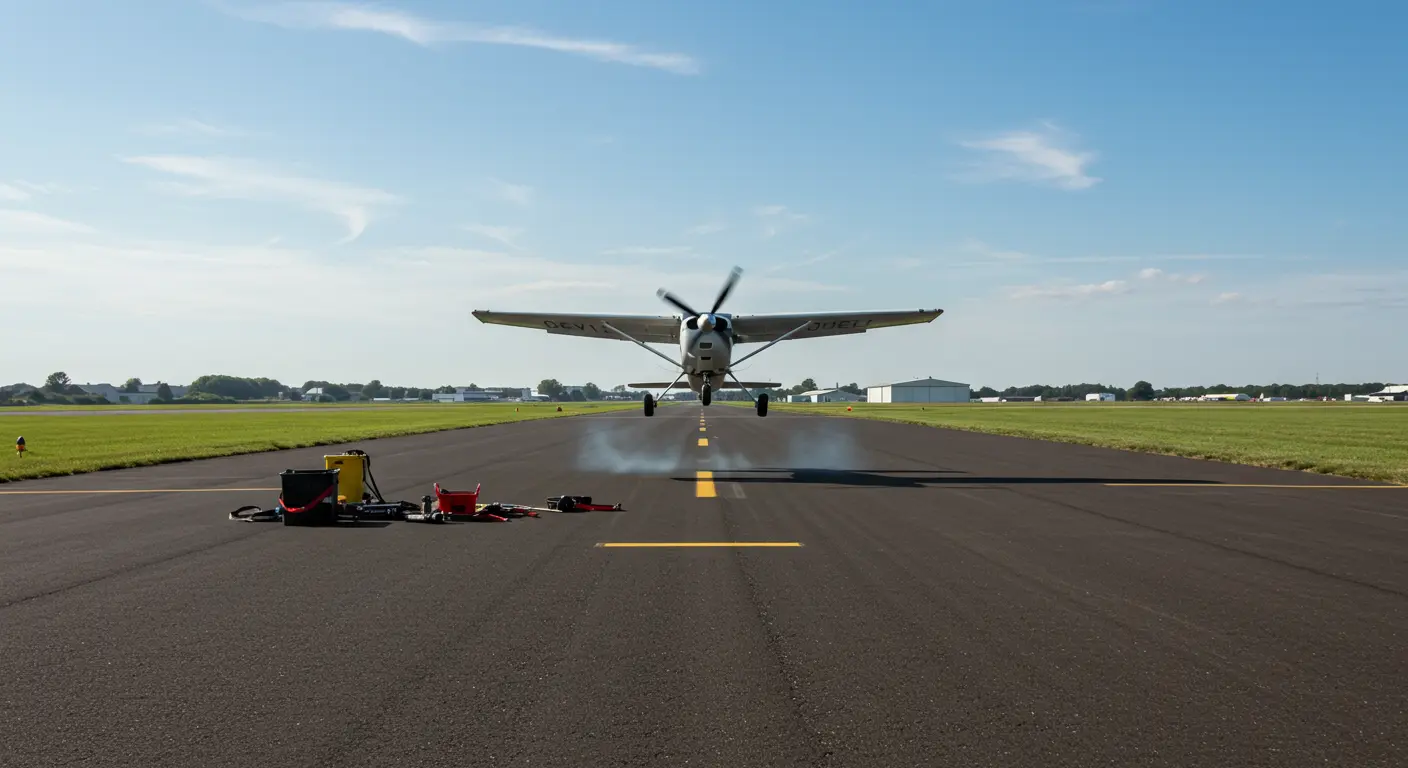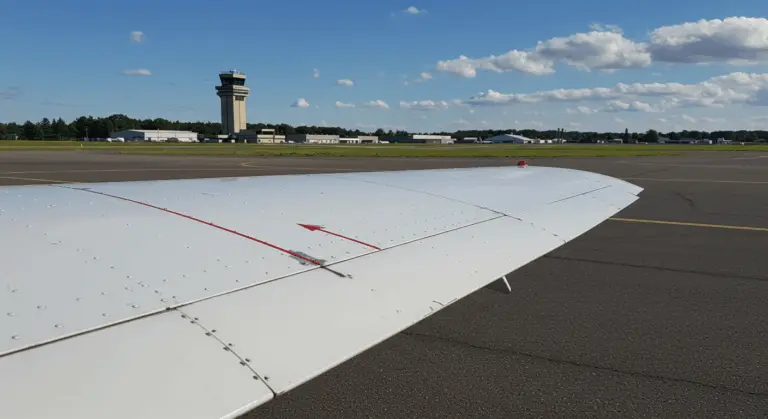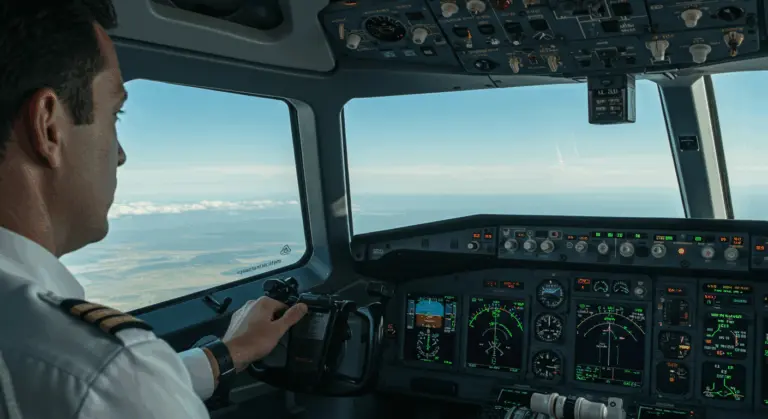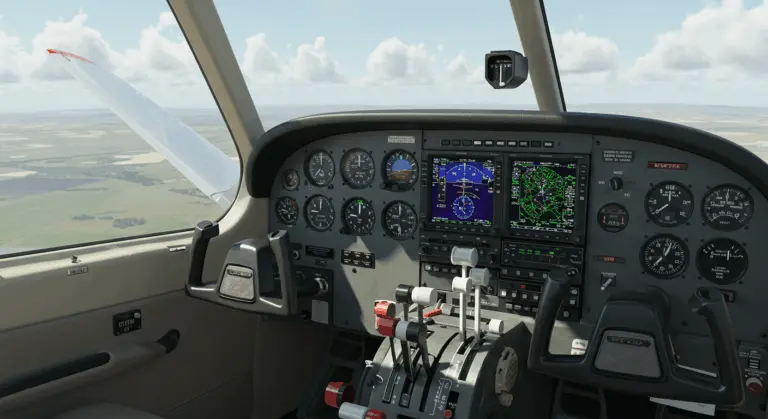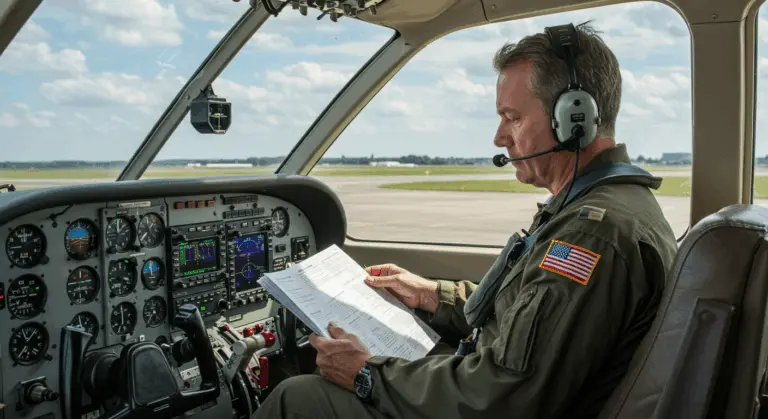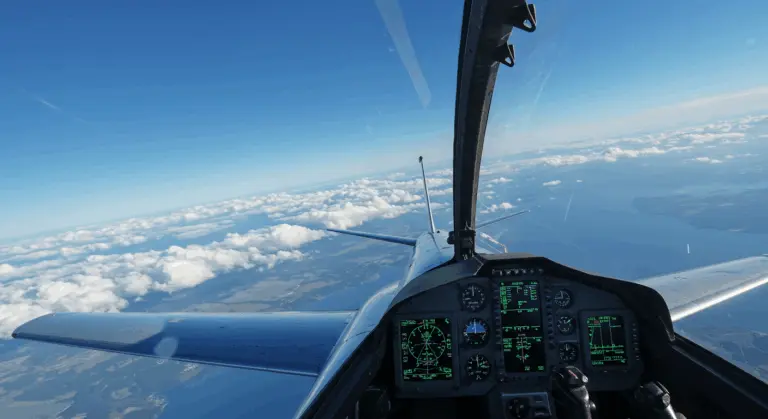What is Ground Effect? – Understanding the Aerodynamic Phenomenon
Understanding Ground Effect – An Aerodynamic Phenomenon
Ground effect emerges as a fascinating aerodynamic phenomenon when aircraft or vehicles operate near surfaces like the ground or water. This proximity changes airflow patterns, boosting lift while simultaneously reducing induced drag.
When an aircraft descends within roughly one wingspan of the ground, the physics change—the airflow beneath its wings becomes compressed. This compression disrupts the typical downwash and wing tip vortices that characterize normal flight, generating what pilots often describe as a ‘cushioning’ or ‘floating’ sensation.
Beyond aviation, this effect appears in many fields—from the high-speed world of motorsports to the specialized realm of watercraft.
Understanding ground effect is essential for pilots, race car engineers, and designers of specialized vehicles, as it directly impacts control, efficiency, and safety. For pilots, this knowledge helps:
-
Maintain aircraft control during takeoff and landing.
-
Make accurate performance calculations.
-
Improve flight safety, especially when operating on short runways or in high-density altitude conditions.
How Ground Effect Influences Aircraft Performance
Ground effect creates a significant increase in lift efficiency. As the aircraft draws closer to earth, wing downwash becomes constrained, weakening wing tip vortices.
During takeoff, ground effect may cause premature flight—lifting off before achieving recommended takeoff speeds. This premature liftoff creates serious safety risks.
Landing presents its own ground effect challenges. Aircraft tend to ‘float’ down runways when approach speeds run too high, extending landing distances considerably.
Short-field operations offer pilots a strategic opportunity. By maintaining position just above the runway surface, they can accelerate more rapidly in ground effect, achieving optimal climb speed (VX) before ascending beyond this beneficial zone.
Ground Effect in Different Aircraft Types
Ground effect varies across aircraft types, with design characteristics dictating the phenomenon’s intensity. Both fixed-wing aircraft and helicopters experience these effects, though through distinctly different mechanisms.
Wing design significantly affects ground effect intensity in fixed-wing aircraft. Low-wing designs experience pronounced effects due to their proximity to earth during critical flight phases.
The wingspan-to-height ratio is also important. Aircraft boasting wider wingspans relative to their ground clearance will encounter ground effect at higher altitudes than expected—typically extending up to one full wingspan above the surface.
Helicopters experience ground effect through different mechanisms, achieving enhanced hover efficiency when operating within approximately half their rotor diameter from the surface. Rotor downwash becomes restricted by the ground, creating a high-pressure air cushion significantly reducing hover power requirements.
Specialized aircraft face unique ground effect challenges. Seaplanes must navigate this phenomenon over dynamic water surfaces, which behave quite differently from solid ground.
Practical Applications of Ground Effect
Ground effect finds practical use across multiple domains, enhancing performance, improving efficiency, and creating new transportation concepts.
Aviation professionals regularly use ground effect for short-field takeoffs, enabling aircraft to achieve flight sooner while climbing more efficiently. By staying in ground effect after liftoff, pilots can accelerate to safe climb speeds before attempting their ascent out of ground effect.
Helicopter operations benefit significantly from ground effect. Improved hover efficiency translates directly into reduced power demands, allowing helicopters to carry more weight when operating near surfaces compared to out-of-ground-effect hovering.
Ground effect’s most impressive application appears in specialized ground effect vehicles (Gets)—also known as wing-in-ground (WIG) craft or ekranoplans. These remarkable machines operate exclusively in ground effect, typically skimming over water surfaces.
Ground Effect in Motorsports
Motorsports—particularly Formula One and IndyCar racing—use ground effect differently than aviation. Instead of generating lift, racing applications create downforce, pressing vehicles firmly against track surfaces.
Colin Chapman, Lotus founder, developed this innovative technique in Formula One during the late 1970s. His groundbreaking Lotus 78, followed by the legendary Lotus 79, featured innovative side skirts and specially contoured underbodies.
Contemporary racing cars use advanced underbody aerodynamics featuring diffusers, venturi tunnels, and sealed floor sections for maximum ground effect. The closer a car’s floor approaches the track surface, the stronger ground effect becomes.
Motorsport regulations have evolved specifically to manage ground effect, either restricting it for safety considerations or encouraging it to enhance competitive racing. Recent Formula One regulatory changes have reintroduced ground effect principles after decades of limitation.
Motorsports ground effect applications demonstrate how versatile this aerodynamic principle is. Aviation uses it for increased lift and reduced drag, while racing applies it for enhanced downforce with minimal drag penalties—showing its usefulness across different fields.
Challenges and Risks Associated with Ground Effect
Ground effect’s benefits come with significant aviation risks, particularly during takeoff and landing phases:
-
Porpoising: A dangerous pitch oscillation during landing. If a pilot overcorrects for the initial nose-up tendency caused by ground effect, the aircraft can bounce and lead to a loss of control.
-
Ballooning: An unintended gain in altitude during the landing flare. This can cause a stall or a hard landing if airspeed decays too quickly.
-
Premature Liftoff: An aircraft can become airborne before reaching a safe flying speed. Climbing too soon may lead to a dangerous low-altitude stall.
Motorsports face distinct ground effect challenges. Racing cars heavily dependent on ground effect downforce can experience sudden, catastrophic grip loss if the seal between the car’s floor and track surface breaks.
Risk management demands comprehensive training, refined technique, and deep understanding of ground effect’s influence on specific vehicles. Whether pilots or drivers, respecting ground effect’s power and limitations remains essential for safe operations.
Conclusion – The Importance of Ground Effect
Ground effect represents a major aerodynamic phenomenon, affecting aircraft and vehicles operating near surfaces. Beyond theory, it has profound practical implications for safety, performance, and efficiency across diverse transportation domains.
For pilots, ground effect understanding is absolutely essential. This phenomenon directly influences flight’s most critical phases: takeoff and landing, where accident statistics peak.
Motorsports has seen ground effect transform vehicle performance, enabling cornering speeds otherwise impossible. Ongoing ground effect aerodynamic development keeps advancing racing technology while influencing high-performance road car design.
Ground effect principles have created entirely new vehicle categories. Wing-in-ground effect craft fill a specialized role between conventional aircraft and marine vessels, showing how basic aerodynamic concepts lead to innovative mobility solutions.
Ground effect offers both major benefits and serious challenges, making it essential to understand and manage properly. From increasing aircraft lift to creating race car downforce, ground effect demonstrates the practical power of aerodynamic interactions between the interaction between moving objects and nearby surfaces.

